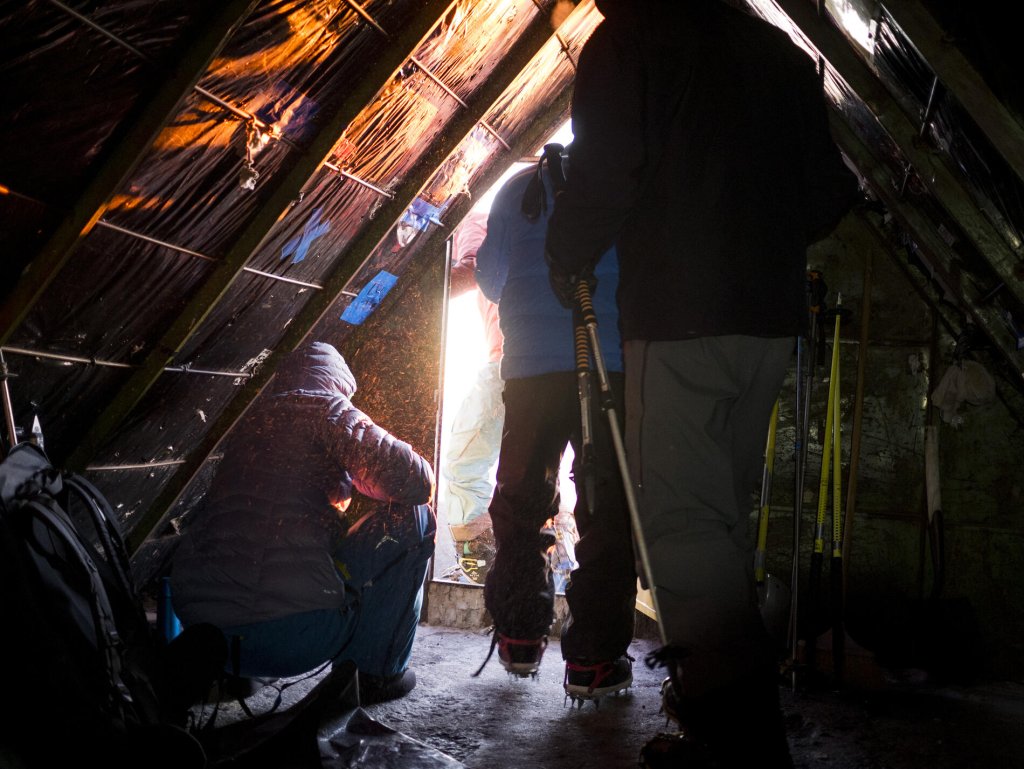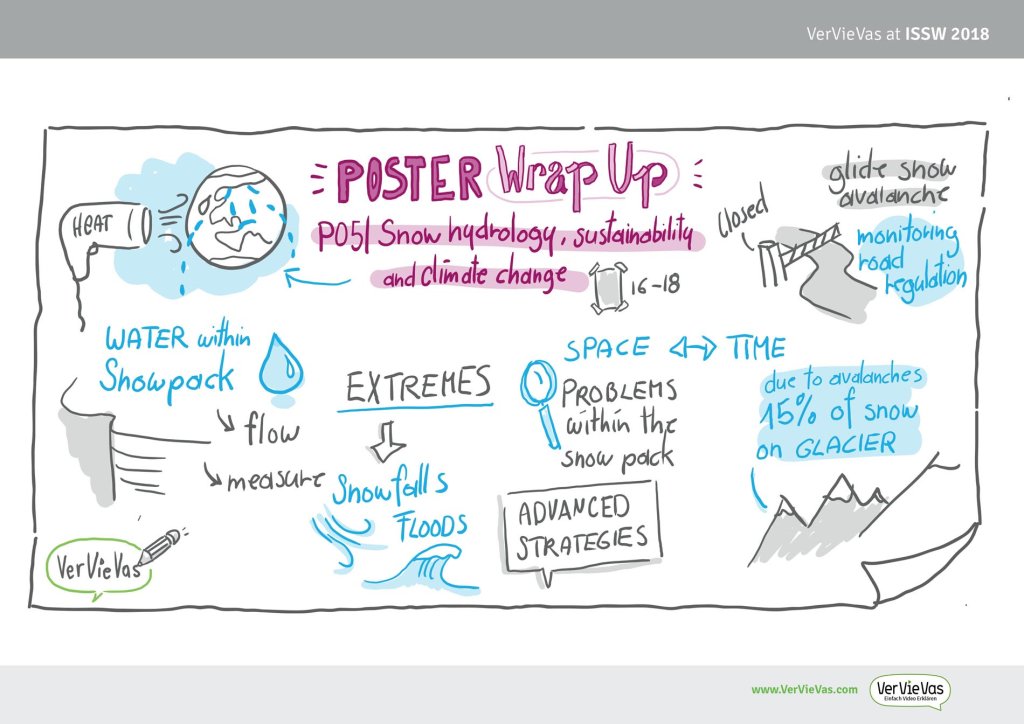The history of sustainability
Sustainability originally comes from "to keep" and means "to last or remain for a long time". The term was first used in 1713 by Hans Carl von Carlowitz in forestry. At that time, agricultural activities and increasing industrial demand for wood had led to the overuse of forests in many regions. Timber stocks were becoming scarce and so sustainable forestry was understood to mean a form of management that aimed to achieve the highest possible timber yield from the forests, while at the same time ensuring a sustainable yield. In short, no more wood should be felled per year than grows back. In this way, economy and ecology were brought into harmony.
This principle became the model for all subsequent sustainability considerations. The term became internationally known over 100 years later when it was mentioned in the Brundtland Report by the United Nations Commission on Economic and Development in 1987. There, sustainability was defined as: "Meeting the needs of the present without compromising the ability of future generations to meet their own needs."In other words, it means that we can ski uninhibited in the powder today and our children and grandchildren, will still be able to do so in 30 or 50 years' time. Sustainability therefore stands for the active assumption of responsibility for all future generations and at the same time addresses issues of justice for people living today.
Another milestone in the history of sustainable development was the 1992 UN Conference on Environment and Development in Rio de Janeiro. This conference is still considered a key event today because it was there that the international community of states committed to implementing the guiding principle at international and national level. The result was Agenda 21, which was followed by other conferences and further agreements on measures: Kyoto, Rio+20, Paris and New York. The highly regarded 17 Sustainable Development Goals were adopted in New York in 2016.
Thus, the guiding principle of sustainability has existed for more than 30 years and yet many problems remain unresolved to this day. One reason for this may be the complexity of sustainability. After all, sustainability is not just about protecting the environment.
The three pillars of sustainability
What many people don't know, and perhaps why the term sustainability is used so excessively, is that sustainability is actually based on three pillars: ecology, economy and social issues. In the three-pillar model of sustainability, it is assumed that sustainable development can only be achieved through the simultaneous and, above all, equal implementation of the three pillars. The individual pillars stand for:
Ecology: Living in an ecologically sustainable way would mean using natural resources only to the extent that they can be regenerated.
Economy: This is about ensuring that a society does not live beyond its means economically and remains liquid, so to speak, and secures economic prosperity for future generations.
Social: This pillar focuses on people and calls for fair treatment and fewer social conflicts. Sustainable states and companies should also act in a way that is oriented towards the common good.
The biggest criticism of this model is that complete sustainability does not exist in reality and that individual pillars can balance each other out in the original model. For example, if the economy is doing very well, the environment could be neglected. Although this would be "weak sustainability" according to theory, it would be okay in the original sense of the model. However, there are also further developments such as the weighted three-pillar model. In order to emphasize the great importance of ecology, it is presented in the model as a foundation with the two factors of resources and climate. The economic, social and cultural pillars are then placed on top of the foundation. And these are not the only developments.







